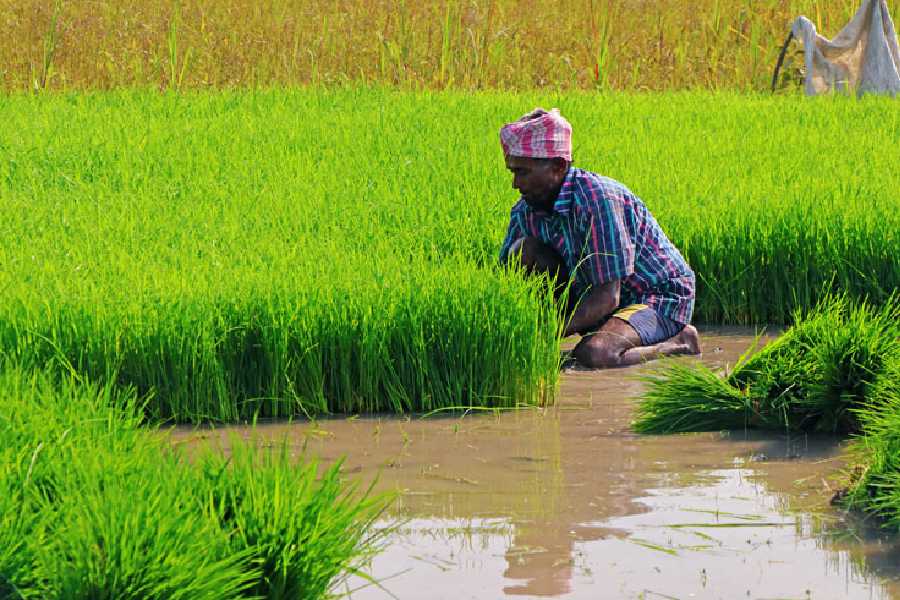The spectre of a spike in food inflation and rural income getting impacted hangs over the economy with monsoon rains recorded at a five-year low and the acreage of pulses, edible oil and cotton falling below last year.
The drop in reservoir levels also adds to the concern of the policymakers as the rabi crop, primarily wheat, depends heavily on irrigation.
The monsoon rainfall this year is the lowest since 2018 because of El Nino:
The India Meteorological Department said August was the driest month in over a century.
The monsoon season, which is crucial to India’s $3 trillion economy, provides nearly 70 per cent of the rain needed to irrigate crops and replenish reservoirs and aquifers.
From June to September, the country received only 94 per cent of its long-term average rainfall, marking the lowest since 2018.
The IMD had initially predicted a rainfall deficit of 4 per cent for the season, assuming a limited impact from El Nino.
The erratic distribution of monsoon rains has forced India, the world’s largest rice exporter, to limit rice shipments, impose a 40 per cent duty on onion exports and permit duty-free imports of pulses. It could potentially lead to New Delhi banning sugar exports.
The final acreage data show the area under paddy has increased 1.9 per cent to 411.96 lakh hectares (lh) from 404.27 lh in the corresponding period the last year.
The agriculture ministry data also showed pulses acreage lower by 4 per cent at 123.57 lh compared with 128.98 lh in the year-ago period. Arhar, urad, moong, kulthi and other pulses all ended with a lower coverage.
The lag in monsoon rains, Aditi Nayar, chief economist, Icra said “has manifested into unevenness in kharif sowing, with some crops trailing the area sown in the year-ago period.
It may also impact yields and, thereby, kharif output and farm incomes.
Additionally, the sub-par monsoons have dampened reservoir levels well below their historical averages, particularly in the southern and eastern parts of the country.
“This does not augur well for a timely onset of rabi sowing activity, which would influence the yields of the next crop as well. As a result, rural demand is expected to be cautious in the months ahead, reversing the signs of nascent improvement in the recent months.”










